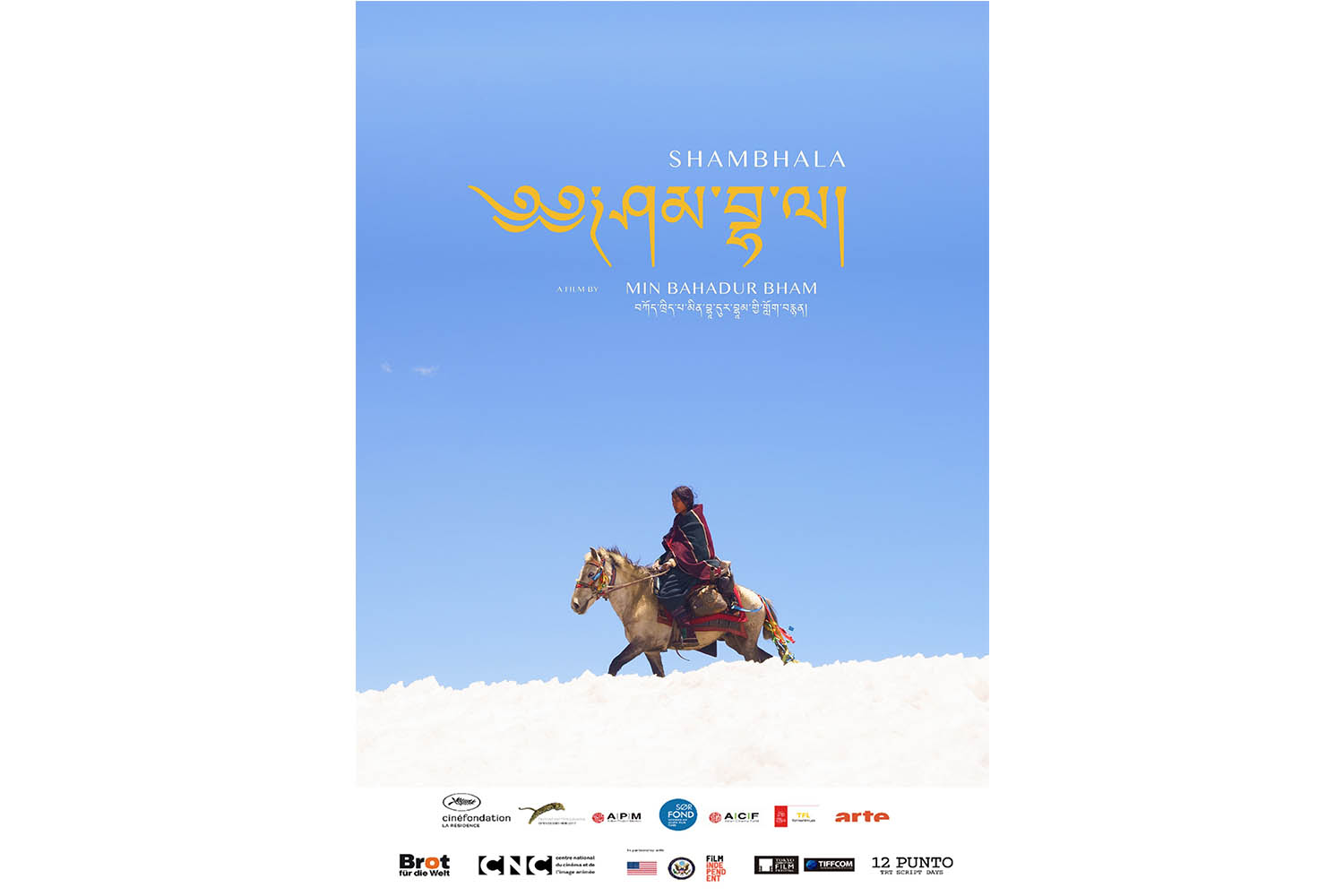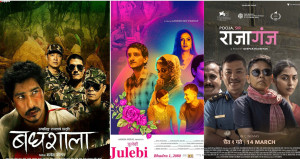Movies
Picturesque Upper Dolpa and lingering questions
Despite some cinematic lapses, ‘Shambhala’ presents an evocative narrative on polyandry, motherhood, and loyalty.
Anuj Arora
‘Shambhala’, the movie directed by acclaimed director Min Bahadur Bham, has been selected as Nepal's official entry for the 97th Oscars. His last film ‘Kalo Pothi’, which was filmed in Mugu, ‘Shambhala’ was also shot in the upper reaches of western Nepal and has already won the film's protagonist Thinley Lhamo the Boccalino d’Oro Prize for Best Acting Performance at Switzerland’s 77th Locarno Film Festival.
Set in picturesque Upper Dolpa, where polyandry is the norm, the film tells the story of Pema (played by Lhamo), who is married to three brothers, including a school-going boy, and her search for her trader husband (played by Tashi Dalha), who has left her, suspecting infidelity.
Apart from its understated tone, which was apparent in ‘Kalo Pothi’ as well, the film’s strongest point is its message—giving birth is the most beautiful act of nature, and whose child they are doesn’t matter.
Abinash Bikram Shah’s dialogue also lifts the film. When the protagonist says to one of her three husbands—the monk (played by Sonam Topden)—that whenever he cannot express his feelings, he compliments the sweater she is sewing, it leaves one with a chuckle. Shah also penned the screenplay for ‘Kalo Pothi’ and the teleserial ‘Singha Durbar’.
Besides Lhamo’s award-winning performance, child artiste Karma Wangyal, who plays her schoolgoing husband, has also impressed with his endearing impishness. Karma Shakya and veteran actor Loten Namling also fit in their roles as school teachers Raj and Rinpoche, respectively. The landscape of Upper Dolpa, where the film was shot, is also a plus point, and cinematographer Aziz Zhambakiyev has much to show for his skills. However, the editor should have cut the duration of static shots of snow peaks that seem to linger on endlessly. Minimalist music composed by Nyhoo Bajracharya accompanying folk songs in Ani Choying’s voice uplifts the otherwise slow-paced film.
However, the film has some obvious directorial lapses, editing shortfalls, and inconsistencies in story-telling. Pregnant Pema is at times shown with a bloated belly and at others has a flat tummy. That is most glaring in the scene in which she is with a village woman after telling her schoolboy husband how she feels when the baby in her womb kicks. Later, she meanders through the snow-filled landscape with nothing protecting her head or hands! She does it for months till she finds her missing husband, who leaves her suspecting infidelity. However, no credible effort has been made to explain how the rumour of the protagonist’s infidelity reaches her husband, who is miles away in a very remote region.
The film leaves viewers with many unanswered questions. How did Pema’s mother find her in the middle of the wilderness? What are the photos, which Pema is handed over by Raj, about? When were they clicked? Neither are we shown the photos nor was there any scene in which anyone was clicking pictures. Maybe originally there was one, but it was cut during the editing.
Another example of bad editing is the length of the film. Why has the film been stretched so long? There are so many still shots that stretch for minutes. Maybe the director is mesmerised by the landscape but extended still shots of snowpeaks don’t add to the story. Their purpose is not very different from songs in Bollywood movies. At least songs have some entertainment value.
After an hour or so, one wonders when the film will end. But the film doesn’t end even after it “ends”! On top of that, when the audience is about to leave, they are greeted by the film's cast. When the star cast is asked what ‘Shambhala’ means, instead of explaining, one of them says if you didn’t understand, watch the film again!
Maybe all these lapses are because the film was made on a shoestring budget. That is very apparent. Like the scene in which Pema’s horse is killed. Its body is shown with some ‘blood’ stains on snow. Apparently, it was killed by wolves as they were heard howling. However, there was no sound of the horse’s struggle. Maybe that goes with the understated tone of the film. As is the insinuation that the protagonist was an infidel.
However, Nepal’s Oscar entry on the eve of its first show and the presence of Bollywood bigwigs Nawazuddin Siddiqui and Anurag Kashyap for its premier will only help it do well at the box office.
Arora is a Kathmandu-based journalist.

Shambhala
Director: Min Bahadur Bham
Editors: Kiran Shrestha, Liao Ching-sung
Cast: Thinley Lhamo, Sonam Topden, Tenzin Dalha
Languages: Tibetan, Nepali
Year: 2024
Showing in nearby theatres




 17.12°C Kathmandu
17.12°C Kathmandu














